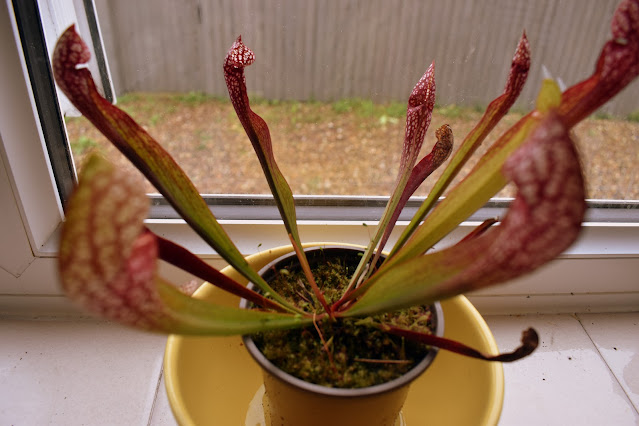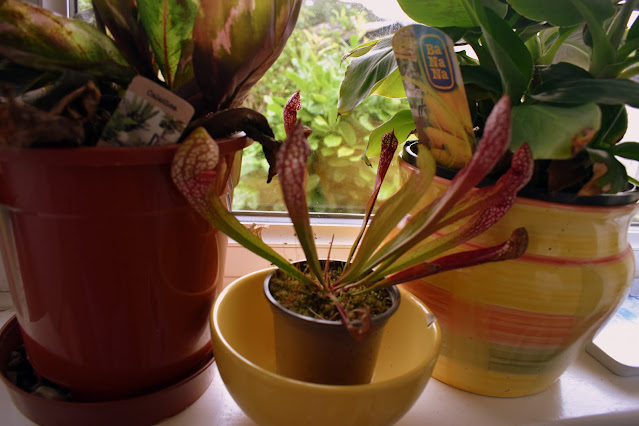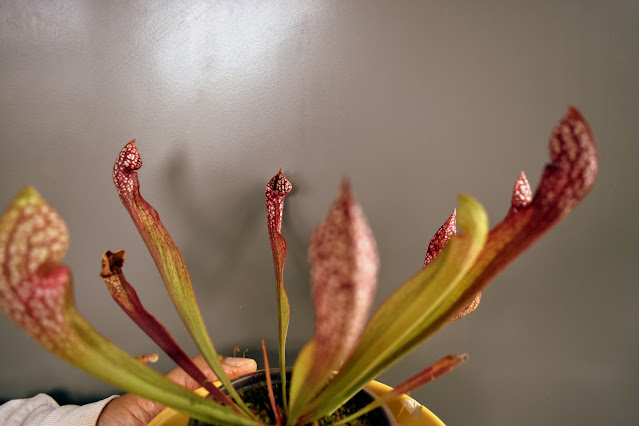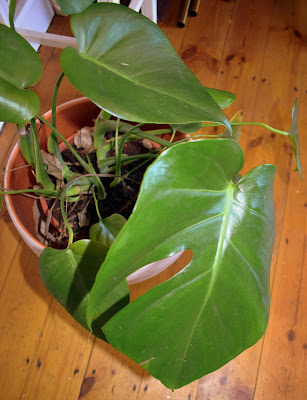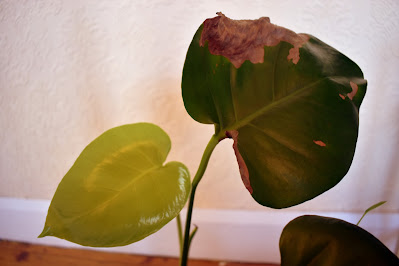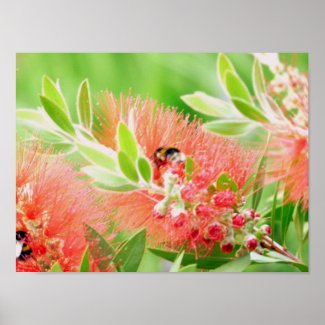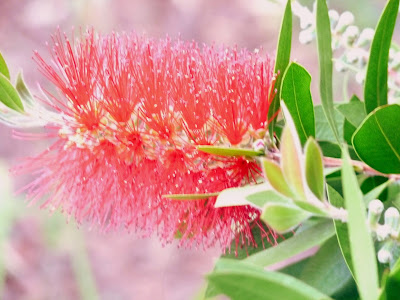My husband and I have recently developed a fascination for these carnivorous plants.
I have been gardening and owning house plants for decades yet it has only been in the last few years that I became interested in these plants. It just shows that when it comes to gardening you never stop learning!
I knew nothing about these carnivorous plants and each one is slightly different so I applied the same methods I do when first growing any plant to learn about its habits, origin, position, water, feed and soil needs and do my best to help it thrive.
For me the introduction to Sarracenia came when talking to a very knowledgeable man at a plant fair with a huge display of carnivorous plants from his nursery. As I have said before most gardeners are only too happy to discuss plants with anyone who will listen, so I listened, asked questions and gained a huge amount of insight and knowledge and then I bought a plant from him.
The Sarracenia is also commonly known as the Pitcher plant, most likely due to the shape of its leaves. It is a fascinating plant and at the plant fair both adults and children were crowding around to see and understand more about these plants.
Characteristics of the Sarracenia Plant
The Sarracenia plant possesses several distinctive features. The most striking trait is its pitchers, which are modified leaves that form long, tube-like structures. They come in various colours such as green, red and yellow which gives it a quite pretty appearance.
The inside of these pitchers secretes a compelling nectar that attracts insects. Once they land on it the slippery surfaces make escape very difficult and the hairs that point downward prevent insects from climbing out. Hence the insects are trapped and cannot escape and without delving into the gory details, become nutrients for the plant.
It is worth mentioning that the Sarracenia plant’s pitchers are not only used for carnivorous purposes, they also act as water collectors. They accumulate rainwater, which not only provides hydration but also serves as a habitat for beneficial organisms such as mosquito larvae-eating aquatic species.
Care and Growing Conditions For The Pitcher Plant
To ensure the healthy growth of your Sarracenia plant, it is essential to provide it with the appropriate care and growing conditions. Here are some very important factors to take account of for the plant to survive.
Position Of Sarracenia Plant
Sarracenia plants thrive in bright, indirect sunlight and need about five hours sunlight each day. However we need to be careful as too much strong sun can burn the leaves
So in the house somewhere that is a sunny windowsill but has filtered light would be perfect.
In the summer time we also take our pitcher plant outside during the day onto the patio on a saucer filled with rainwater to enjoy the semi shade semi sun conditions we have there. We do leave it out in light rain so it can naturally collect its rainwater but we do bring it in if we get heavy downpours and always bring it back inside in the evening.
Sarracenia Ideal Temperatures
Sarracenia plants are generally cold hardy and can tolerate quite a wide range of temperatures. However, they prefer cooler conditions, with a temperature range of between 60-85°F (15-29°C) during the day and about 45-55°F (7-13°C) at night.
So if you know that your house gets hotter than this do provide shelter for partial shade. This could be a simple piece of cardboard, other plants around the Pitcher plant or a screen of some kind.
Watering Needs of Sarracenia
Pitcher plants must have moist soil. They must not be allowed to dry out. However, it is very important we never use tap water on a Sarracenia, it can and does kill the plant.
Rather than tap water always use rainwater ideally, or if you cannot get that, then distilled water.
We do get periods of drought here now, so when it does rain we gather up the rainwater into bottles to save for use on our carnivorous plants.
Preferred Humidity For Pitcher Plants
Sarracenia plants prefer higher humidity levels, ideally between 50 to 70%. It is not always easy to give the plants this level of humidity all year round and I find can be one of the most difficult things to get right.
However the most inexpensive solution is to put a saucer full of pebbles filled with rainwater under the plant to help increase levels of humidity. This way the plant is not waterlogged but gets the benefit of localised humidity.
It is often good for plants to live together so that they benefit each other so your pitcher plant can live next to say a Spider Plant or a Banana plant or any houseplant as long as they are in separate pots.
If you can afford a humidifier then that is a great solution. We do not have one and the saucer of water works well enough, but you have to remember to keep it topped up with rainwater.
Soil Requirements for Sarracenia
Most of us will grow Sarracenia as a houseplant indoors most of the year, so it will be growing in a pot.
The soil we use is crucial for the health and vitality of the Sarracenia plant and it is very particular. If you have one of these plants it is important not to deviate away from these soil requirements.
Sarracenia plants must have acidic soil to grow well and thrive. So the soil must be pH of 4.0 to 5.0.
This acidic ph level replicates their original natural habitat, which is often boggy and acidic due to decaying organic matter.
The soil must be acidic and very well drained, porous and loose with good aeration. Ideally it will be a mix of sphagnum peat moss, sand and perlite. This helps to prevent the plant becoming waterlogged which it dislikes and helps toward good root formation.
We do not need to use any fertilisers, in fact it would be detrimental to the Sarracenia. Fertilisers often contain chemicals and minerals that will harm or even kill the plant.
Due to the fact they are carnivorous plants, Sarracenia plants do not require any additional fertilisation, all the nutrients they require come from the insects they attract and capture.
Do not worry if your pitcher plant leaves goes thin. We were told that this is when they have insects inside the pitcher and are digesting them! A little gruesome but equally fascinating.
Ours is pretty thin at present as it has recently been eating very well! Makes me wish that I went thin when I ate!
So while there is a lot to learn to successfully grow these plants and I am certainly still on a steep learning cure myself, they are truly fascinating.
They also do a wonderful job of keeping down the insects and recently ours was extremely helpful in dealing with an infestation of a type of whitefly on my new strawberry mint. We simply placed the Sarracenia next to the mint plant and within 2 days all the flies were gone!
I know of people who keep a host of carnivorous plants in their greenhouses in order to keep insect pests at bay and apparently they work really well.
The Sarracenia plant, with its fascinating characteristics, quite pretty coloured tubes and carnivorous nature, is an intriguing addition to our house plant collection. With care and attention it will reward us with an unusual and intriguing plant for many years. While maybe not a complete beginners houseplant, if you are prepared to learn it is certainly a wonderful plant to own. It was our first pitcher plant but I do not think it will be the last !
More House Plant Reviews
Reviewing How To Take Care Of Your House Plants On Vacation




